Alberta
Premier Smith keeps foes in cabinet posts. Red Deer’s Adriana LaGrange remains Education Minister
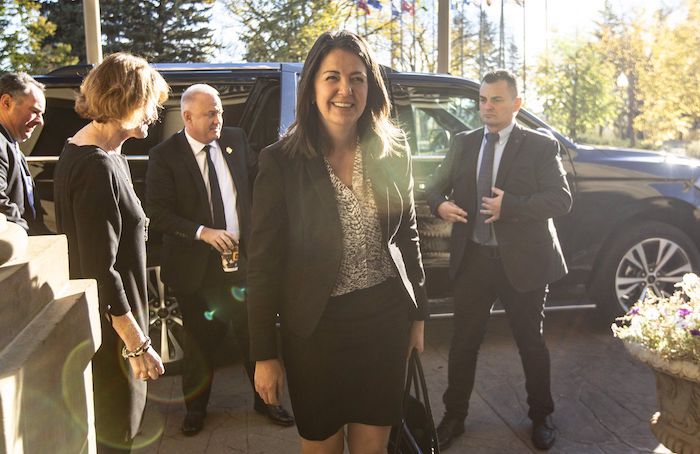
Premier announces new cabinet
Alberta’s Premier has announced her new cabinet, with a focus on ensuring Albertans’ interests and priorities are well represented.
Twenty-four members of the Government of Alberta’s cabinet are being introduced to Albertans in advance of their taking the oath of office.
The new cabinet represents a strong mix of rural and urban MLAs from every geographic region of the province, each of whom the Premier recognizes as a strong advocate for their community and province. They are committed to standing up for Albertans, growing our economy and addressing affordability.
Joining the Premier and Minister of Intergovernmental Affairs in cabinet are:
- Deputy Premier and Minister of Skilled Trades and Professions – Kaycee Madu
- Deputy Premier and Minister of Infrastructure – Nathan Neudorf
- President of Treasury Board and Minister of Finance – Travis Toews
- Minister of Jobs, Economy and Northern Development – Brian Jean
- Minister of Justice – Tyler Shandro
- Minister of Health – Jason Copping
- Minister of Energy – Pete Guthrie
- Minister of Environment and Protected Areas – Sonya Savage
- Minister of Technology and Innovation – Nate Glubish
- Minister of Affordability and Utilities – Matt Jones
- Minister of Municipal Affairs – Rebecca Schulz
- Minister of Transportation and Economic Corridors – Devin Dreeshen
- Minister of Public Safety – Mike Ellis
- Minister of Agriculture and Irrigation – Nate Horner
- Minister of Forestry, Parks and Tourism – Todd Loewen
- Minister of Trade, Immigration and Multiculturalism – Rajan Sawhney
- Minister of Education – Adriana LaGrange
- Minister of Advanced Education – Demetrios Nicolaides
- Minister of Service Alberta and Red Tape Reduction – Dale Nally
- Minister of Indigenous Relations – Rick Wilson
- Minister of Seniors, Community and Social Services – Jeremy Nixon
- Minister of Children’s Services – Mickey Amery
- Minister of Mental Health and Addictions – Nicholas Milliken
- Minister of Culture – Jason Luan
“I am thrilled to being working with this strong, determined, united group of MLAs. Alberta’s future is bright – but there’s a lot of work to be done. Our team will work every day to gain your trust, make bold changes and continue to build the most innovative, entrepreneurial and welcoming province in the world. I want to thank our entire team for their tireless dedication to Albertans and we’re looking forward to the days ahead.”
Caucus leadership positions will include:
- Whip (Minister without portfolio) – Brad Rutherford
- House Leader (Minister without portfolio) – Joseph Schow
- Deputy House Leaders – Kaycee Madu, Mickey Amery, David Hanson
Ministers will be assisted in their work by the following parliamentary secretaries:
- Parliamentary Secretary for Ukrainian Refugee Settlement – Jackie Armstrong-Homeniuk
- Parliamentary Secretary for EMS Reform – RJ Sigurdson
- Parliamentary Secretary for Rural Health – Tany Yao
- Parliamentary Secretary for Economic Corridors – Shane Getson
- Parliamentary Secretary for Tourism – Miranda Rosin
- Parliamentary Secretary for Agrifood Development – Glenn van Dijken
- Parliamentary Secretary for Multiculturalism – Devinder Toor
- Parliamentary Secretary for Status of Women – Tanya Fir
- Parliamentary Secretary for Community Outreach – Muhammad Yaseen
- Parliamentary Secretary for Procurement Transformation – David Hanson
- Parliamentary Secretary for Small Business – Martin Long
New government committees will be chaired by:
- Economy and Affordability Cabinet Policy Committee – Jason Nixon
- Alberta First Cabinet Policy Committee – Garth Rowswell
- Social Services Cabinet Policy Committee – Searle Turton
- Building Communities Cabinet Policy Committee – Pat Rehn
- Legislative Review Committee Chair – Jason Stephan
Treasury Board members will include:
- Travis Toews
- Matt Jones
- Nate Glubish
- Rebecca Schulz
- Devin Dreeshen
- Jordan Walker
- Rick Wilson
- Nathan Neudorf
- Pete Guthrie
Cabinet members will be sworn in on the morning of Monday, Oct. 24 at 11 a.m. and will then begin receiving briefings from their departments.
Alberta
Second body recovered from Bow Glacier Falls rockslide. Police identify first victim
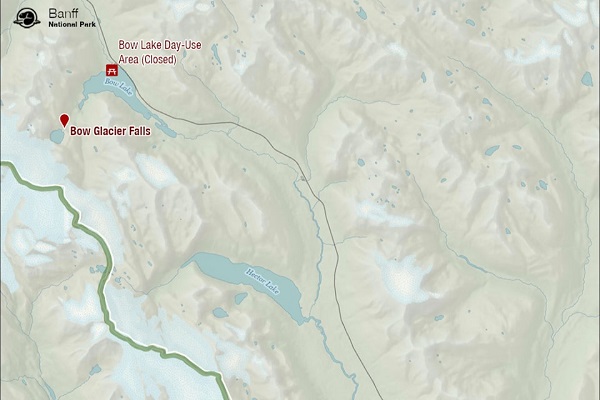
News release from the RCMP and Parks Canada
Parks Canada and RCMP continue to respond to a rockslide at Bow Glacier Falls near Bow Lake, approximately 37 km north of Lake Louise in Banff National Park. Search and rescue operations resumed at 6:30 am on June 20, 2025.
RCMP confirm that the individual located deceased at the scene on June 19, 2025, was a 70-year-old female resident of Calgary, Alberta. RCMP also confirm that a second deceased individual was recovered on the morning of June 20, 2025. RCMP is notifying their next of kin and no further information is available at this time. Three individuals transported to hospital by STARS and ground ambulance on June 19, 2025 were all in stable condition at last report.
At this time, there are no additional persons reported missing and no additional unidentified vehicles at the trailhead located at Bow Lake.
Parks Canada and RCMP extend our deepest condolences to the families and friends of the two individuals who lost their lives, our hearts are with them. Our thoughts also remain with those in hospital and we hope for their full recovery.
In a continued effort to complete a thorough assessment, Parks Canada visitor safety teams continue work today with support from a geotechnical engineer with Canada Task Force One (CAN-TF1 Vancouver), as well as members of Canada Task Force Two (CAN-TF2 Calgary) and their partners in the Calgary Police Service.
The safety of first responders and park visitors is our top priority.
Bow Lake and the trail to Bow Hut have reopened. Bow Glacier Falls remains closed to all visitors. The NOTAM (no-fly zone) remains in place to ensure public safety and for park operations. Parks Canada and RCMP thank visitors for giving teams space to work safely.
The Icefields Parkway (Highway 93N) remains open with potential intermittent, short-term traffic stoppages in the vicinity of the incident. Heavy precipitation including snow is occurring on the Icefields Parkway. Please check the weather forecast and Alberta 511 before travelling.
Banff National Park remains open and safe to visit.
Updates will be provided as more information is available.
BACKGROUND:
RCMP AND PARKS CANADA – JOINT STATEMENT #2
June 20, 2025 8:10 AM
Lake Louise, Alberta – On June 19, 2025, at 1 pm Parks Canada received a report of a serious rockfall at Bow Glacier Falls located west of the Icefields Parkway (Highway 93N) near Bow Lake, which is approximately 37 km north of Lake Louise in Banff National Park.
Parks Canada wardens and RCMP remained on site overnight. Parks Canada visitor safety teams will continue working today with support from Canada Task Force Two (CAN-TF2 Calgary), a national disaster response team.
CAN-TF2 is conducting infrared flights, through their partners in the Calgary Police Service, in a continued effort to complete a thorough assessment. A Canada Task Force One (CAN-TF1 Vancouver) geotechnical engineer will conduct a slope stability assessment. The safety of first responders and park visitors is our top priority.
As reported yesterday, one person was located deceased at the location on June 19th. RCMP are working to notify next of kin. No further information about this individual is available.
Bow Lake remains closed to all visitors. A NOTAM (no-fly zone) remains in place to ensure public safety and for park operations. Parks Canada and RCMP thank visitors for giving teams space to work safely.
Alpine Club of Canada guests staying at Bow Hut are safe. Visitors staying at Bow Hut will be able to exit on schedule via the usual route, which is unaffected and safe to travel.
The Icefields Parkway (Highway 93N) remains open with potential intermittent, short-term traffic stoppages in the vicinity of the incident. Heavy precipitation including snow occurring on the Icefields Parkway. Please check the weather forecast and Alberta 511 before travelling.
Banff National Park remains open and safe to visit.
Alberta
Alberta Trailblazing On Property Rights Protections
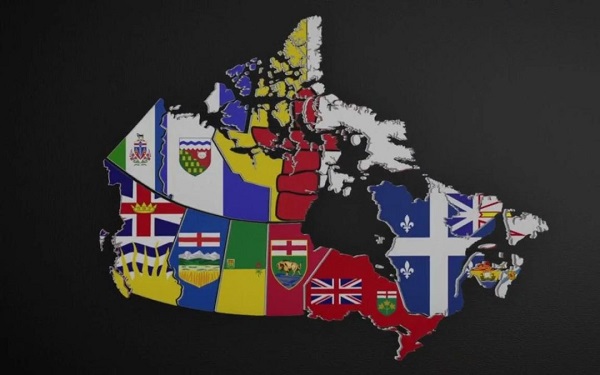
From the Frontier Centre for Public Policy
Most pundits missed it, but Alberta’s revised Bill of Rights just strengthened property rights in a big way. Senior research fellow Joseph Quesnel breaks down how new amendments could protect landowners from regulatory takings—government actions that restrict property use without compensation. He examines key Supreme Court of Canada rulings and explains why every Canadian jurisdiction should take note. Could this be a game-changer for property rights?
Property rights amendments prevent governments from seizing land or restricting its use without compensation
Alberta is one of the few Canadian jurisdictions with a citizen’s bill of rights outlining fundamental freedoms. In 1972, the Lougheed government introduced the Alberta Bill of Rights, which supersedes other laws and requires provincial legislation to be consistent with it.
Premier Danielle Smith faced controversy last year for amending Alberta’s Bill of Rights. While most commentators focused on the amendments protecting the right to refuse vaccinations, they overlooked the significance of changes that strengthen property rights.
Section 1 now states: “The right to the enjoyment of property and the right not to be deprived thereof to the extent authorized by law and except by due process of law.”
Another new clause reads: “The right not to be subject to a taking of property except to the extent authorized by law and where just compensation is provided.”
The law defines a “taking” in two ways: as “a transfer of property ownership without the consent of the owner (expropriation)” and as a situation where “an owner of property [is] being deprived of all reasonable uses of that property.”
Unlike the United States, Canada lacks constitutional protections for property rights. While Canadians have some legal safeguards, they are not as extensive as those in the U.S. In the British common law tradition, there is a presumption that if the government takes a citizen’s property, it must follow legal procedures and provide compensation.
This principle dates back to the Magna Carta of 1215, which opposed arbitrary seizure, and extends to the 1920 British case Attorney General v. De Keyser’s Royal Hotel, which ruled: “Unless the words of the statute clearly so demand, a statute is not to be construed to take away the property of a subject without compensation.”
Following this precedent, federal, provincial and territorial governments in Canada must provide fair compensation when expropriating property. While provinces and territories have different expropriation laws, they all require due process.
However, a legal loophole allows governments to deprive citizens of their property without compensation. Courts refer to this as a “regulatory taking” when government regulations restrict land use to the point that it is effectively expropriated.
The Supreme Court of Canada ruled on regulatory takings in two cases: Canadian Pacific Railway Co. v. Vancouver (2006) and Annapolis Group Inc. v. Halifax Regional Municipality (2022). The court determined that compensation for regulatory takings requires two conditions: the government must acquire a beneficial interest in the property, and the regulation must remove all reasonable uses of the land. A beneficial interest means the government gains a financial share or the right to occupy a property without legally owning it.
Peter Russell, one of Canada’s top constitutional law scholars, argued that the requirements established in the CPR case are nearly impossible to meet. Proving the removal of “all” reasonable uses sets a high bar, granting governments broad discretion to restrict land use without compensation.
The Annapolis ruling clarified this issue. The Supreme Court determined that municipalities do not need to gain a proprietary interest in a property to constitute a regulatory taking. Instead, a claimant only needs to prove the government received “a benefit or advantage accruing to the state” due to regulatory activity. This means the government can deprive a titleholder of potential economic use without taking legal ownership.
The Annapolis decision also established that courts must consider future-oriented land uses when determining whether a regulatory taking has occurred. The amended Alberta Bill of Rights now explicitly includes both expropriations and regulatory takings, strengthening property rights protections.
This amendment is significant because it expands safeguards for Albertans by applying not only to provincial laws but also to municipal bylaws. While Alberta cannot enforce laws that conflict with the amended Bill of Rights, the revisions give courts more authority to ensure governments treat citizens fairly.
The updated Bill of Rights is now law in Alberta. Other provinces and territories should follow its lead and strengthen protections for their citizens.
Joseph Quesnel is a senior research fellow with the Frontier Centre for Public Policy.
-

 conflict2 days ago
conflict2 days agoTrump dismisses US intelligence that Iran wasn’t pursuing nuclear bomb before Israeli attack
-

 Censorship Industrial Complex2 days ago
Censorship Industrial Complex2 days agoJordan Peterson reveals DEI ‘expert’ serving as his ‘re-education coach’ for opposing LGBT agenda
-

 Business2 days ago
Business2 days agoCanada’s critical minerals are key to negotiating with Trump
-
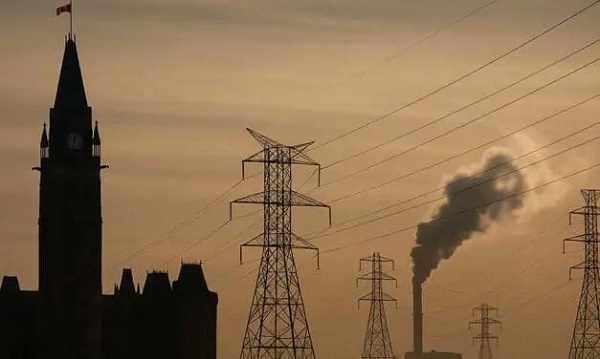
 Energy23 hours ago
Energy23 hours agoWho put the energy illiterate in charge?
-

 espionage22 hours ago
espionage22 hours agoFBI Buried ‘Warning’ Intel on CCP Plot to Elect Biden Using TikTok, Fake IDs, CCP Sympathizers and PRC Students—Grassley Probes Withdrawal
-
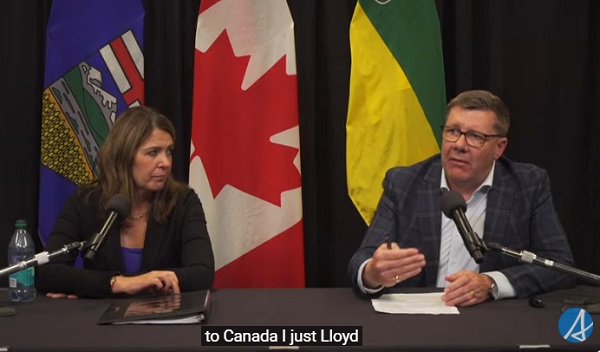
 Alberta2 days ago
Alberta2 days agoUnified message for Ottawa: Premier Danielle Smith and Premier Scott Moe call for change to federal policies
-

 Economy2 days ago
Economy2 days agoOttawa’s muddy energy policy leaves more questions than answers
-
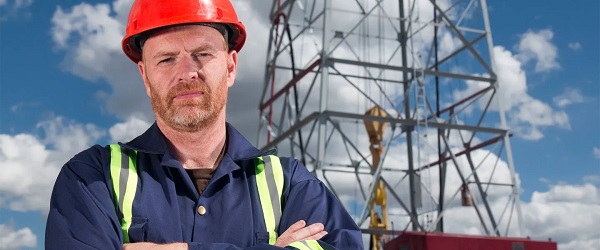
 Business17 hours ago
Business17 hours agoSenator wants to torpedo Canada’s oil and gas industry






